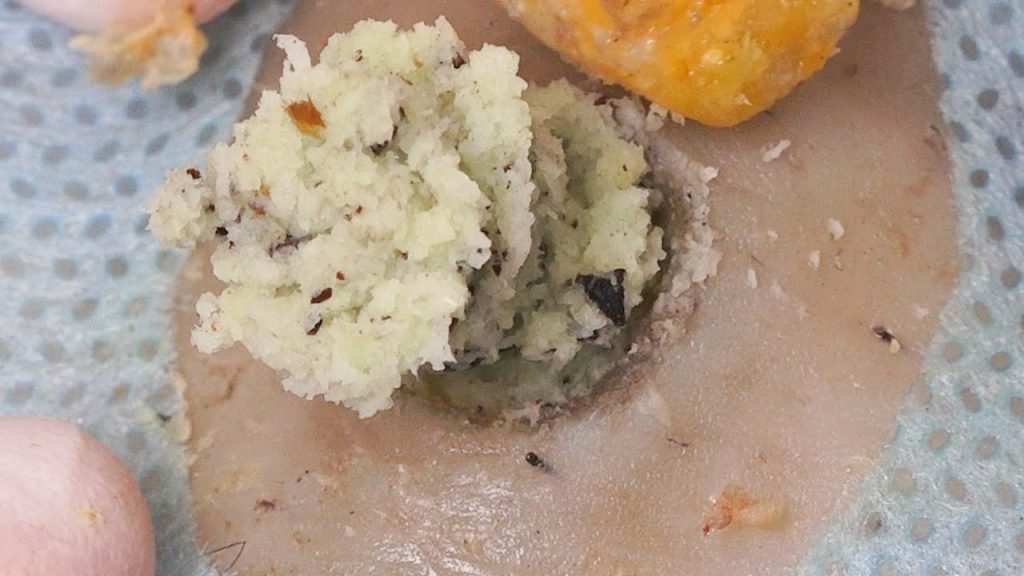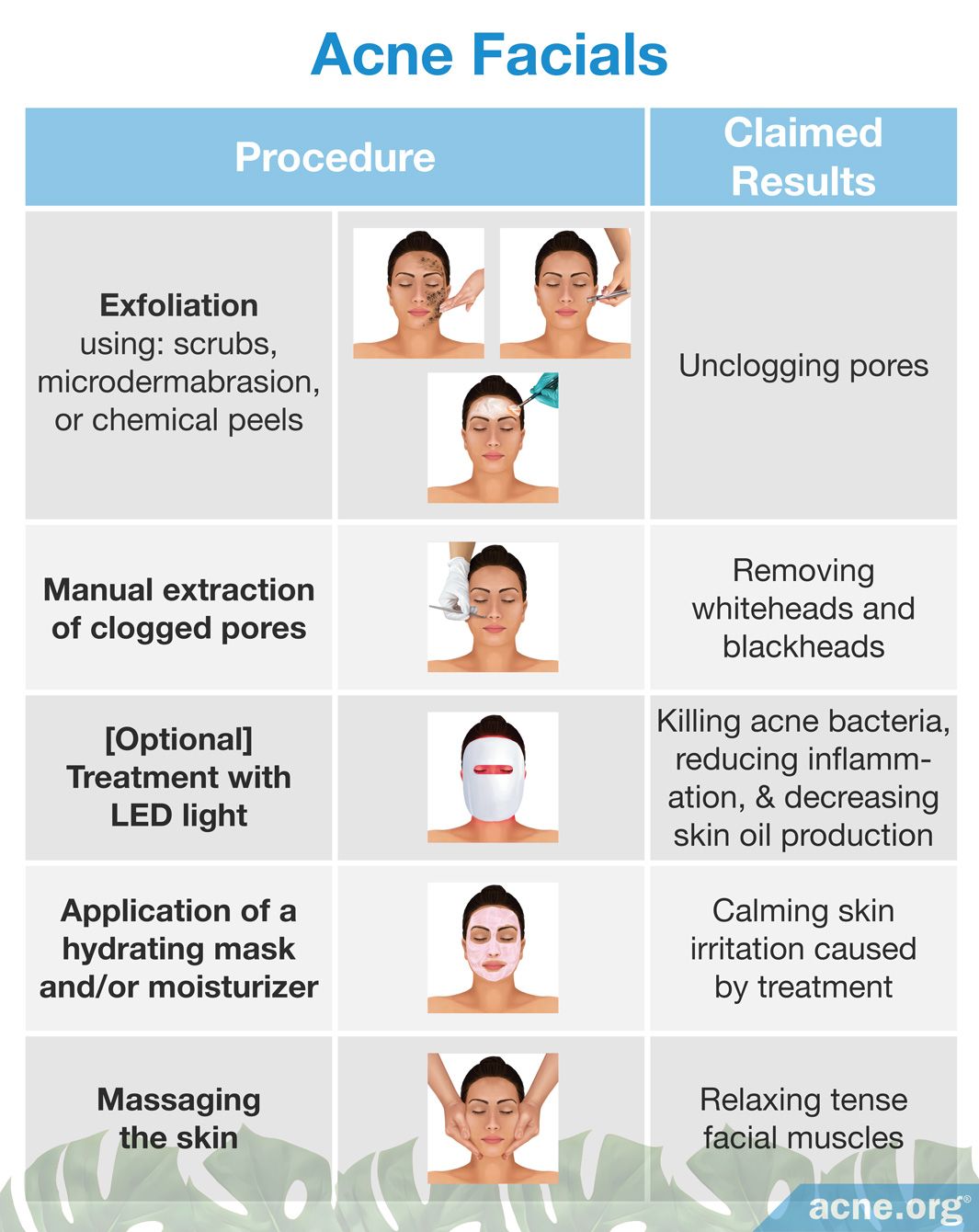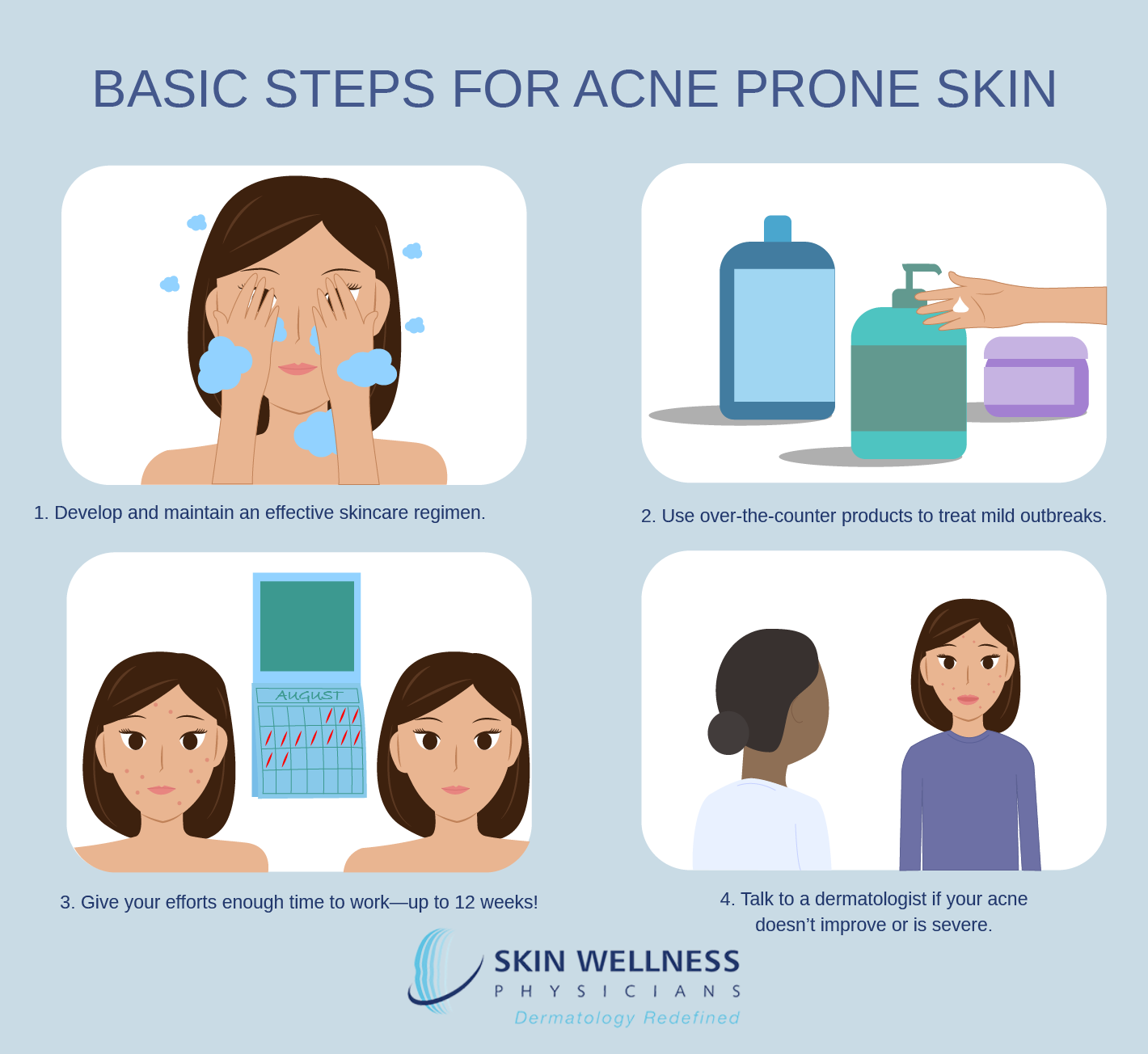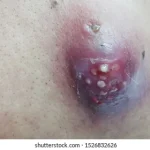Certainly! Here is a detailed, medically-supported overview of acne facial treatments, complete with references to reputable sources.
Acne facials are specialized treatments aimed at managing and reducing acne symptoms. They are particularly beneficial for individuals with mild to moderate acne and can complement a comprehensive skincare regimen. Here’s an in-depth look at what acne facials entail, their benefits, and considerations:
🧖♀️ What Is an Acne Facial?
An acne facial is a professional skincare treatment designed to address acne concerns. It typically includes deep cleansing, exfoliation, extractions, and the application of specialized masks or serums tailored to acne-prone skin. Some facials may also incorporate advanced therapies like LED light treatments or high-frequency devices to target acne-causing bacteria and reduce inflammation. Mindbodygreen
🔬 Common Steps in an Acne Facial
-
Deep Cleansing: The esthetician begins by thoroughly cleansing the skin to remove makeup, oil, and impurities. This step ensures that subsequent treatments are more effective. Verywell Health+2Verywell Health+2Soothe+2
-
Exfoliation: Exfoliating treatments, such as chemical peels with salicylic acid or glycolic acid, help remove dead skin cells and unclog pores. This step is crucial for preventing future breakouts.
-
Extractions: If necessary, the esthetician may perform extractions to remove blackheads and whiteheads. This process should be done carefully to avoid skin damage. Soothe
-
Treatment Application: Depending on the individual’s skin type and acne severity, treatments like LED light therapy or high-frequency devices may be used to target acne bacteria and reduce inflammation. Mindbodygreen
-
Moisturizing and Calming: The facial concludes with the application of a soothing moisturizer and sunscreen to protect the skin and maintain hydration. skinwellnessflorida.com
💡 Benefits of Acne Facials
-
Deep Cleansing: Helps remove impurities and excess oil that can contribute to acne.
-
Prevention of Future Breakouts: Regular facials can help maintain clear skin by preventing clogged pores.
-
Improved Skin Texture: Exfoliation and treatments can lead to smoother and more even-toned skin.
-
Relaxation: The process can be a soothing experience, reducing stress that may exacerbate acne.
⚠️ Considerations and Limitations
-
Not a Cure-All: While beneficial, acne facials should be part of a broader skincare routine and not relied upon as the sole treatment. Verywell Health
-
Severity of Acne: Individuals with severe or cystic acne may require medical treatments in addition to facials. Verywell Health
-
Skin Sensitivity: Those using certain acne medications, like retinoids, may need to avoid exfoliation to prevent irritation.
🩺 When to Consult a Dermatologist
If you have persistent or severe acne, it’s advisable to consult a dermatologist. They can provide personalized treatments, such as prescription medications or advanced procedures, to effectively manage acne and prevent scarring.
In summary, acne facials can be a valuable component of an acne management plan, offering benefits like deep cleansing and prevention of future breakouts. However, they should be used in conjunction with a comprehensive skincare routine and under professional guidance to achieve optimal results.
🧼 Step-by-Step Acne Facial Treatment (Professional Setting)
1. Cleansing
-
A gentle cleanser is used to remove oil, makeup, and surface impurities.
-
This preps the skin for deeper treatment.
📚 Reference: Verywell Health – What to Expect During an Acne Treatment Facial
2. Skin Analysis
-
The esthetician uses a magnifying lamp to assess your acne type (e.g., comedonal, inflammatory, cystic).
-
Treatment is tailored to your skin condition and sensitivity.
3. Exfoliation
-
Can be mechanical (microdermabrasion) or chemical (AHAs or BHAs like glycolic or salicylic acid).
-
Removes dead skin cells, unclogs pores, and allows treatments to penetrate better.
📚 Reference: Healthline – Facials for Acne: What to Know
4. Extractions
-
Manual removal of blackheads and whiteheads using sterile tools.
-
Helps prevent clogged pores from turning into inflamed acne.
-
Done professionally to avoid scarring or infection.
📚 Reference: Dermstore – Guide to Acne Facials
5. Targeted Treatment (Optional)
May include:
-
High-Frequency Device: Uses mild electrical current to kill acne-causing bacteria.
-
LED Light Therapy: Blue light reduces Cutibacterium acnes (acne bacteria); red light reduces inflammation.
📚 Reference: Journal of Clinical and Aesthetic Dermatology
-
Study showing efficacy of LED light in acne treatment.
6. Mask Application
-
Clay or sulfur-based masks help absorb oil, reduce shine, and draw out impurities.
-
Calming masks may be used post-extraction to soothe the skin.
7. Moisturizer and SPF
-
A non-comedogenic moisturizer restores hydration.
-
Sunscreen protects against UV-induced inflammation and hyperpigmentation.
📚 Reference: Mayo Clinic – Acne Treatments
💡 Pros of Acne Facials
-
Immediate pore cleansing
-
Reduces surface-level acne and comedones
-
Can calm skin redness
-
Helps skin absorb medications better
⚠️ Considerations & Limitations
-
Not a standalone solution: Acne facials work best when paired with a medical skincare regimen.
-
Not for severe acne (e.g., cystic): Those may require oral medication or cortisone injections.
-
Results are not permanent: Regular maintenance is needed.
📚 Reference: Verywell Health – Do Acne Facials Work?
🩺 When to See a Dermatologist
You should consult a board-certified dermatologist if:
-
Your acne is moderate to severe
-
You have cysts or scarring
-
OTC products and facials haven’t helped
📚 Reference: AAD – When to See a Dermatologist for Acne






